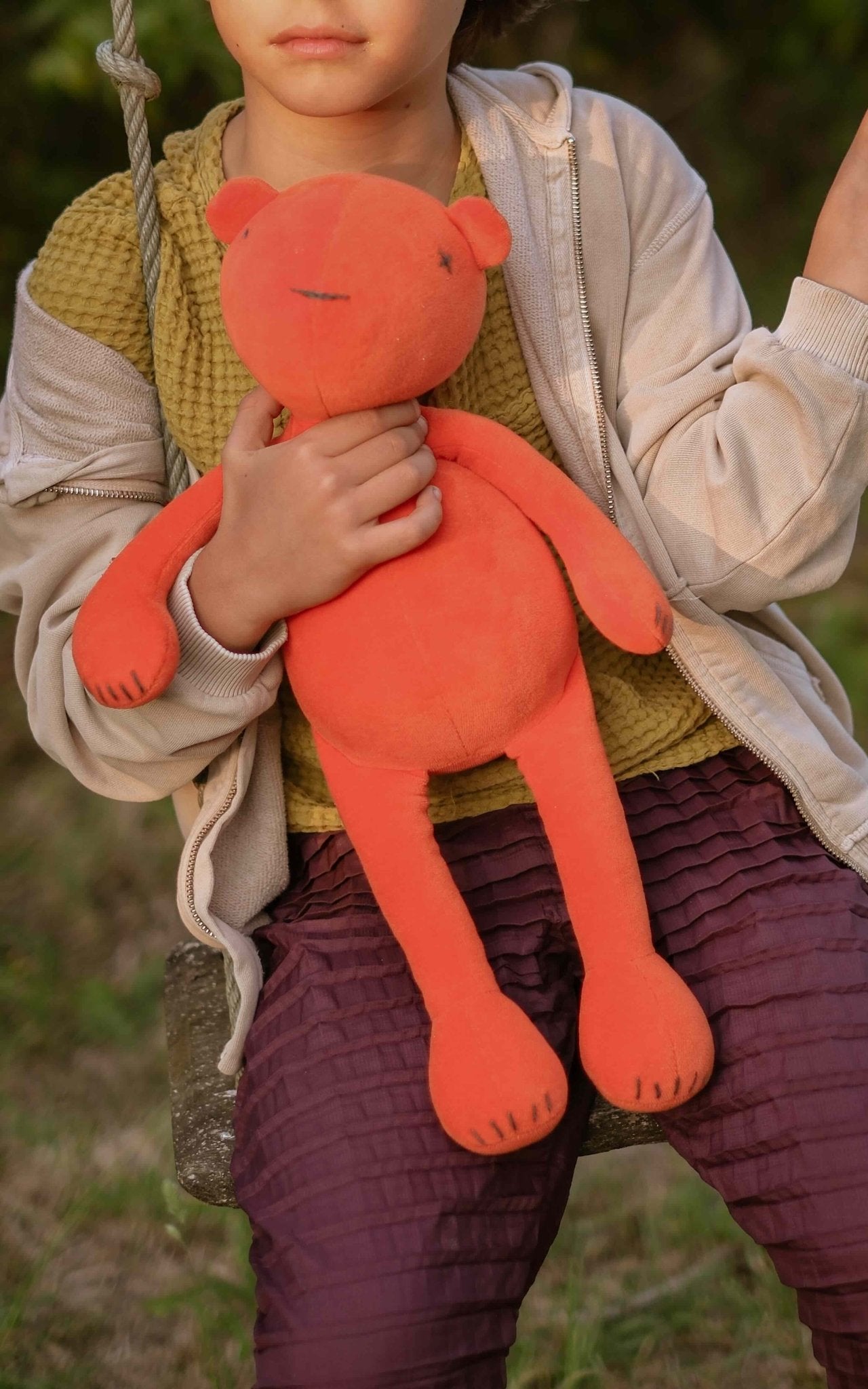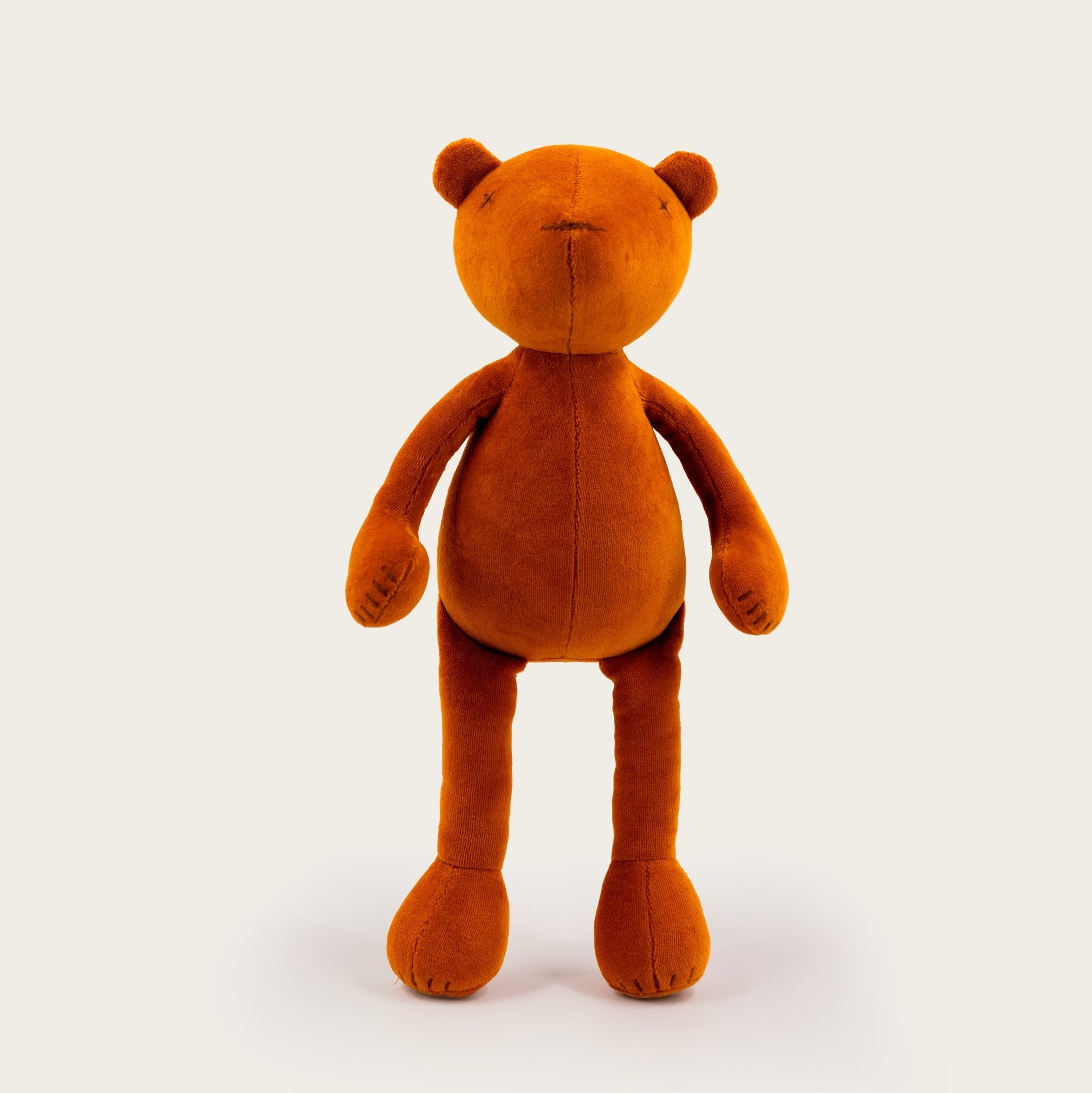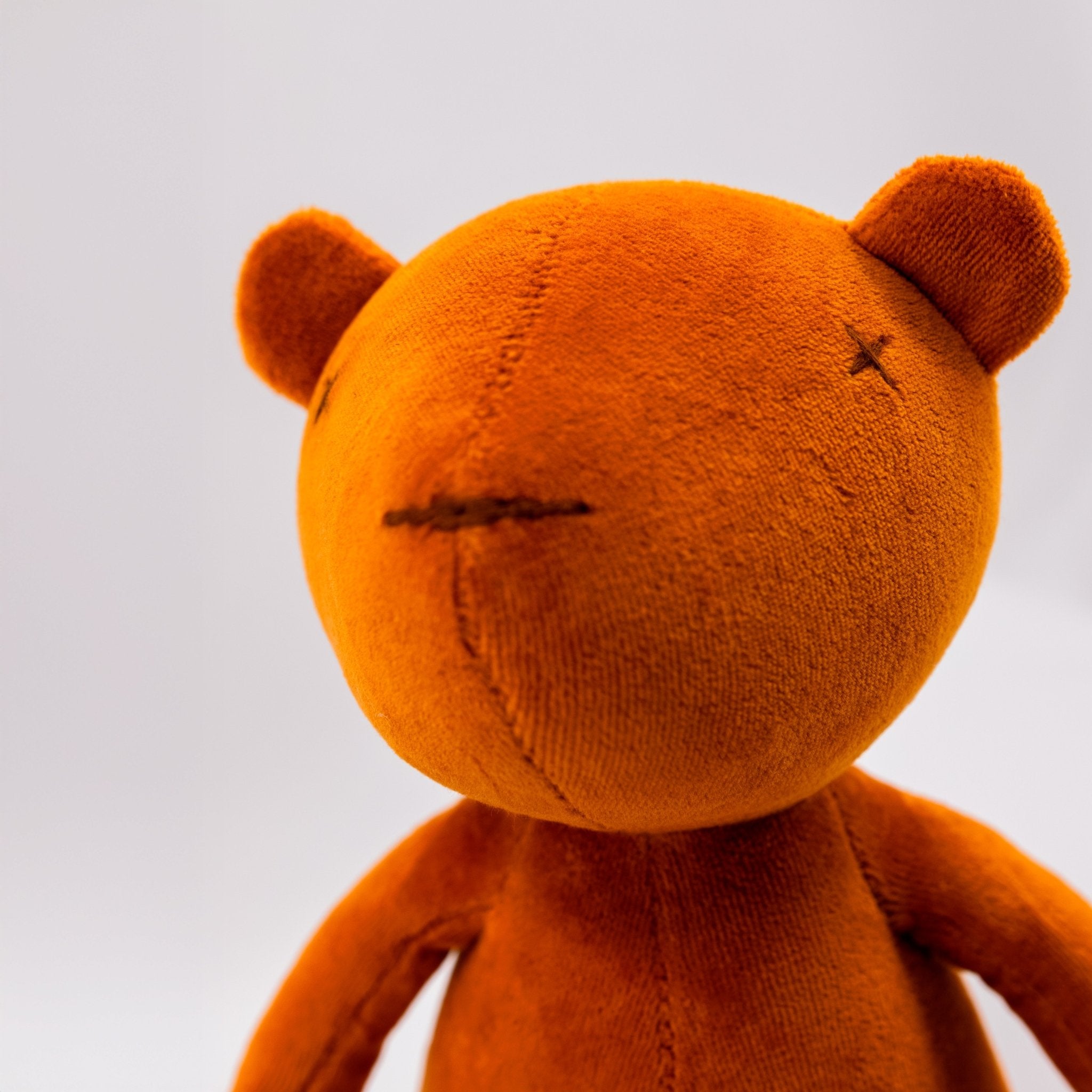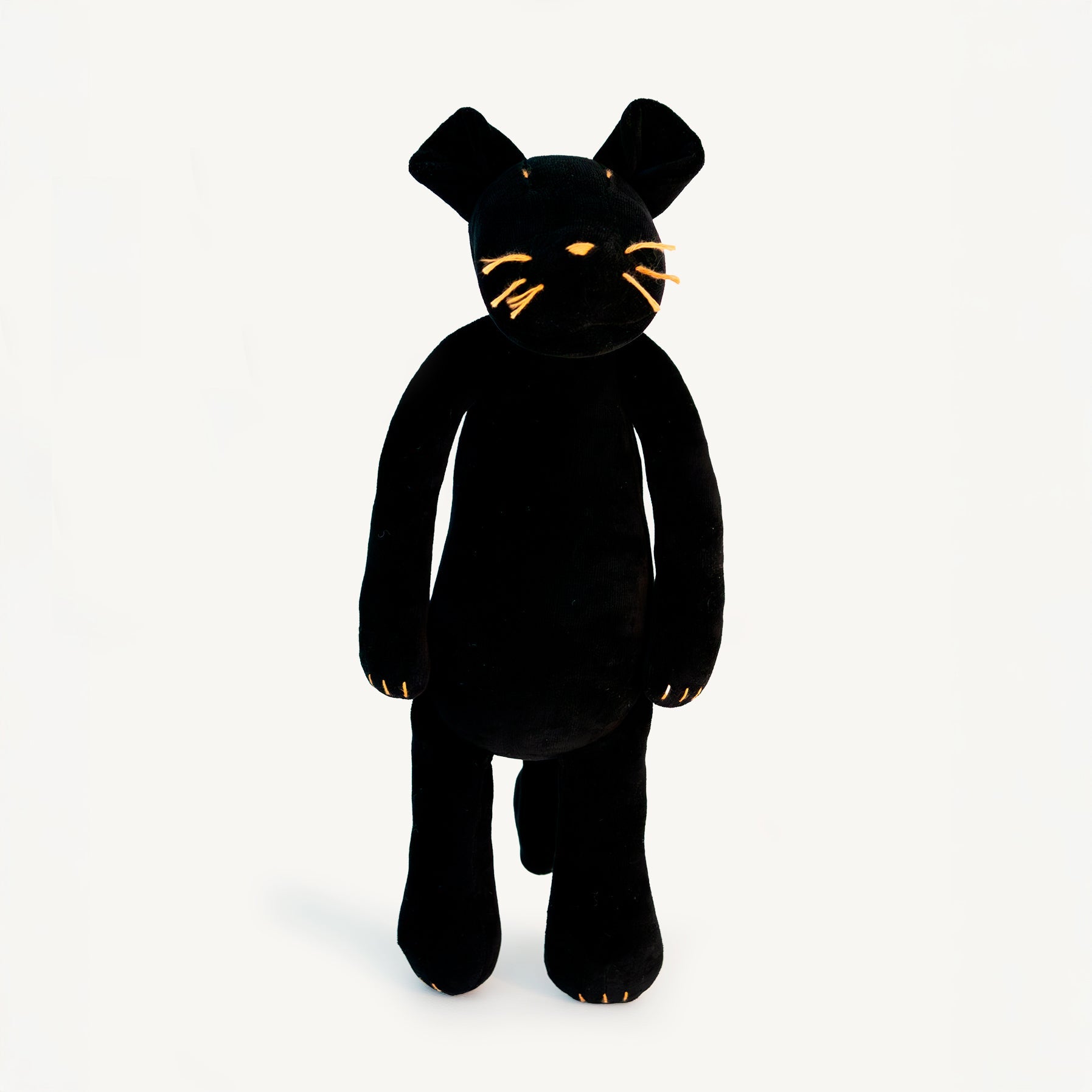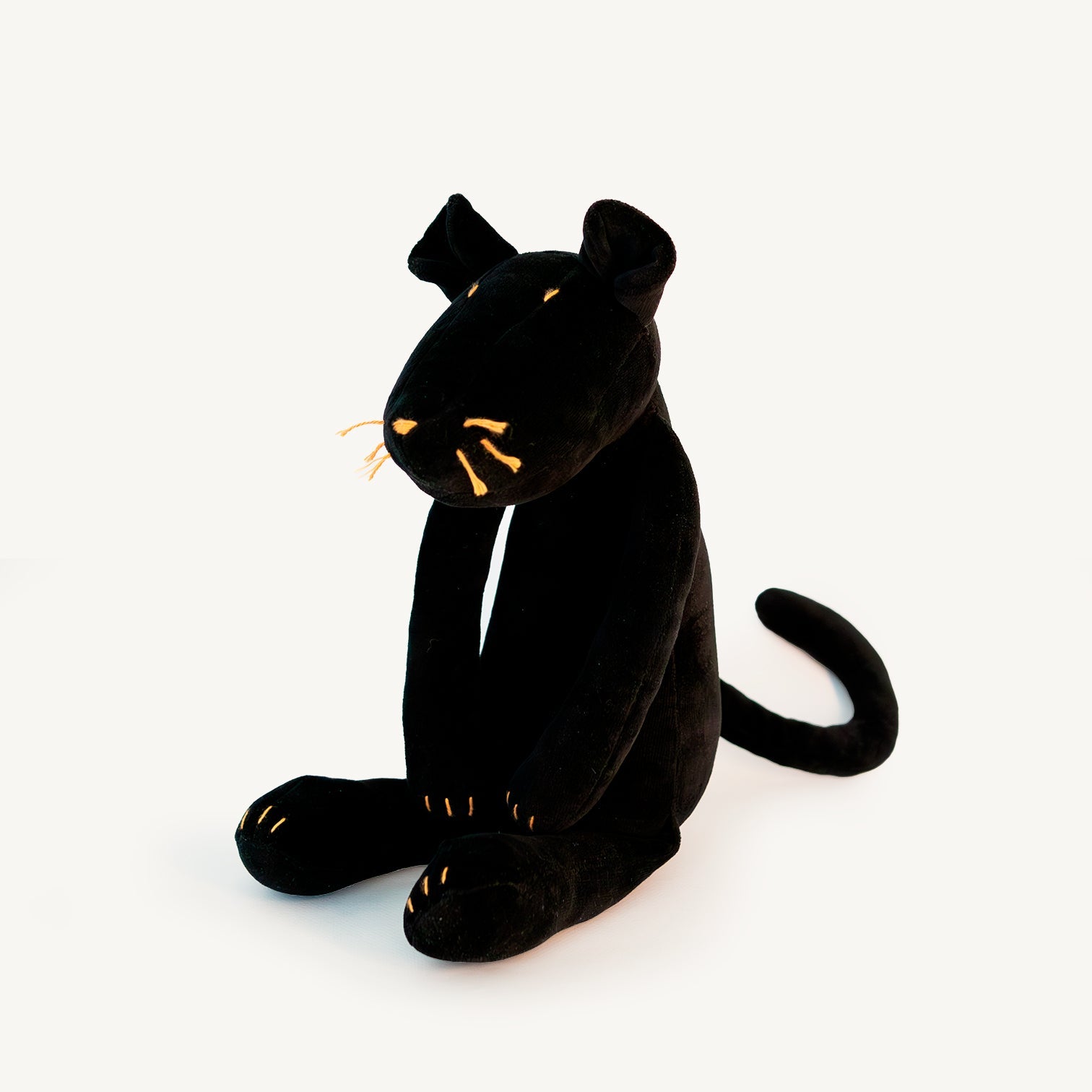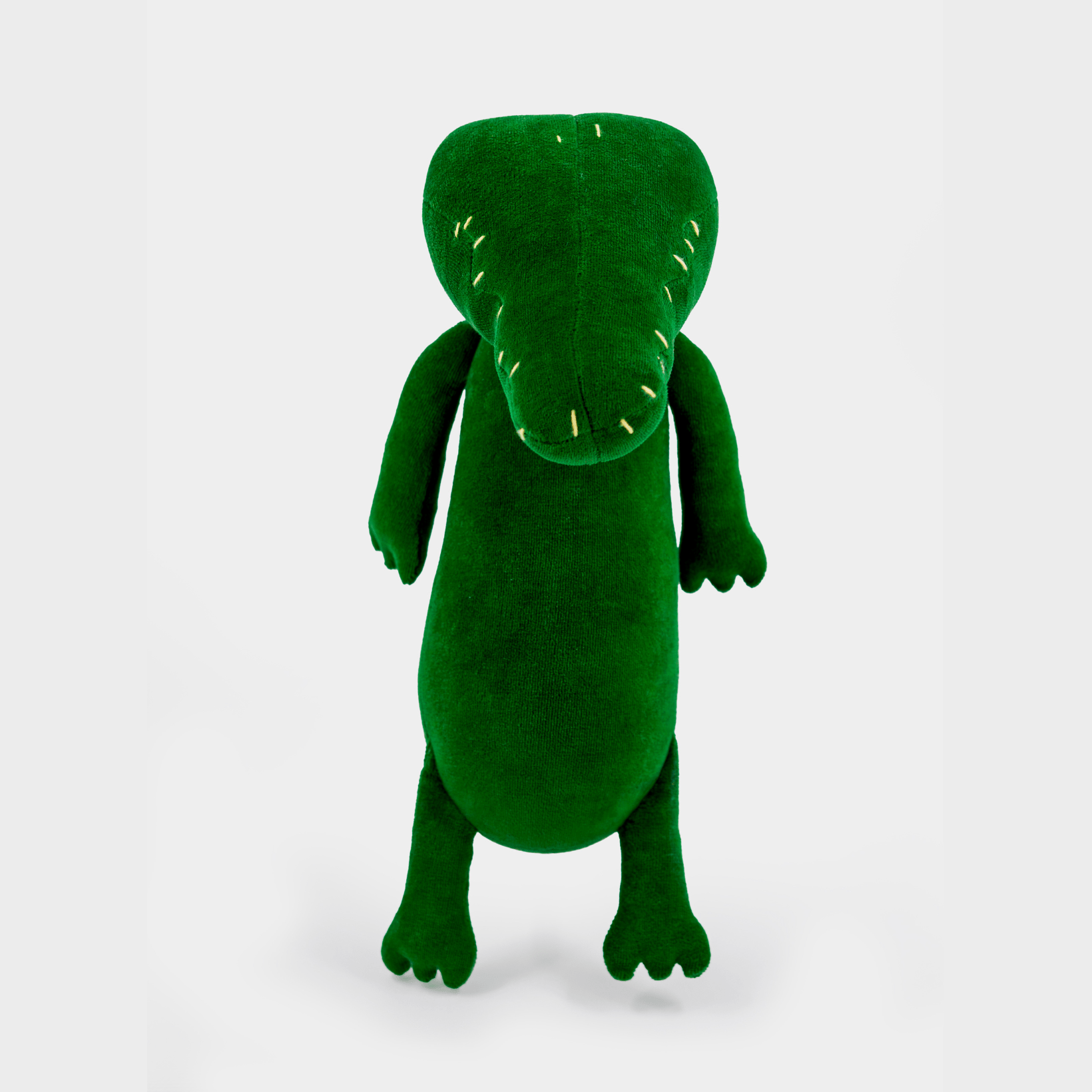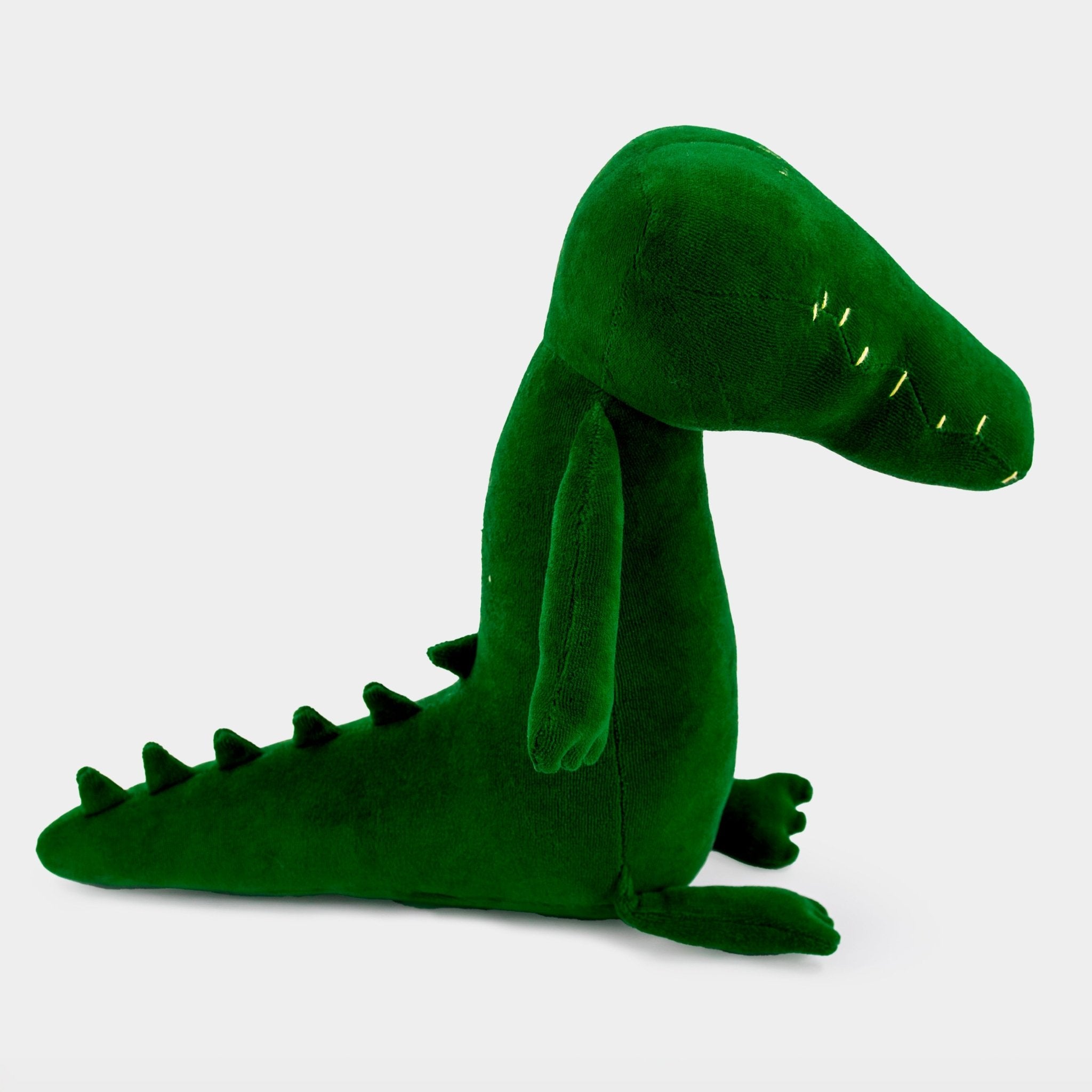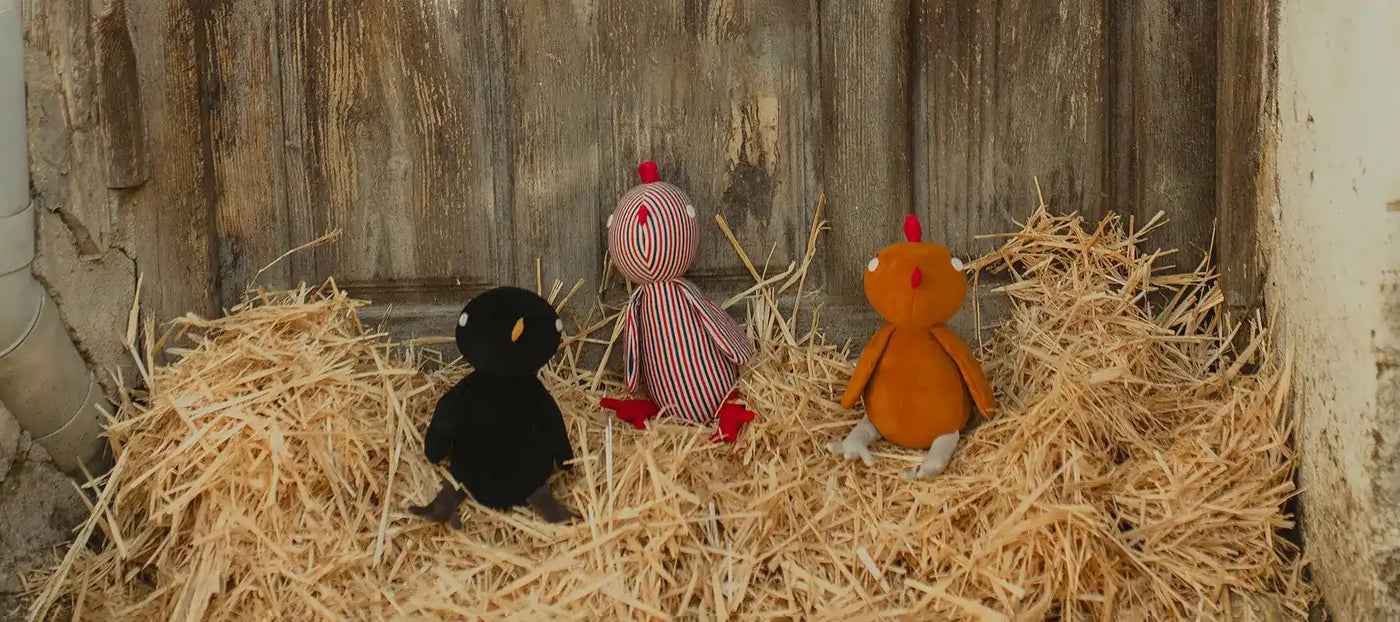
Decluttering: At what age should you get rid of your stuffed toys?
Cuddly toys often have great sentimental value, for children and parents alike. They're soft, reassuring and sometimes even lifelong companions. But as children get older, one question often comes up: at what age should we get rid of stuffed animals? The answer is not always obvious, and depends on the child's emotional attachment, available space and maturity.
In this article, we'll look at when to declutter toys, including stuffed animals, and how to manage an overflowing collection while respecting your child's feelings.
At what age should a child stop sleeping with stuffed toys?
There's no specific age at which a child should stop sleeping with a stuffed toy. Many children start to naturally detach themselves from their stuffed toys between the ages of 7 and 10, but others keep a favorite cuddly toy or stuffed animal well into adolescence, or even adulthood. Psychologists agree that this is perfectly normal: stuffed animals provide comfort, stability and a sense of security.
So, if you're wondering at what age a child should stop sleeping with stuffed toys, it might be more useful to ask: Is he or she emotionally ready to part with some of them?
When to declutter toys and stuffed toys
The right time to sort varies from child to child, but here are a few useful pointers:
-
Before a major transition: moving house, going back to school or changing rooms are all good opportunities to sort.
-
When bins are overflowing: if tidying up becomes unmanageable, it's time to sort.
-
Birthdays and holidays: when new toys arrive, it's the perfect time to say goodbye to some of the old ones.
-
After age 5: by this age, most children are able to help decide which toys or stuffed animals they want to keep.
How to manage a plush collection
If your home is overflowing with stuffed toys, here are some practical strategies:
-
Set limits: restrict stuffed toys to a bin, shelf or part of the bed.
-
Use a rotation system: put some of them away and rotate them every few months.
-
Create a memory box: let your child choose a few "friends forever" to keep in a special box.
-
Make it fun: turn sorting into a game - offer to "adopt" less-used stuffed toys.
When to give or keep plush toys
Here are a few criteria for deciding what to keep and what to give away:
-
Keep if:
-
It has strong sentimental value.
-
Your child still sleeps with it.
-
It was a special gift or an heirloom.
-
-
Donate if:
-
Your child can't remember its name or where it came from.
-
It's just taking up space.
-
It's clean, in good condition, and could please another child.
-
Many charities, shelters and hospitals accept cuddly toys, but ask about their conditions - some only accept new or little-used toys for hygiene reasons.
In conclusion
So, what's the right age to get rid of stuffed toys? The answer depends on the individual child. Rather than setting a precise age, listen for signs that your child is ready to part with them - and support them with kindness. Whether you're trying to save space or preserve memories, the aim is to strike a balance between emotional attachment and practical need.
Decluttering doesn't mean throwing everything away. With a little thought and creativity, you can manage your child's stuffed animal collection while respecting his feelings and reclaiming space in your home.





